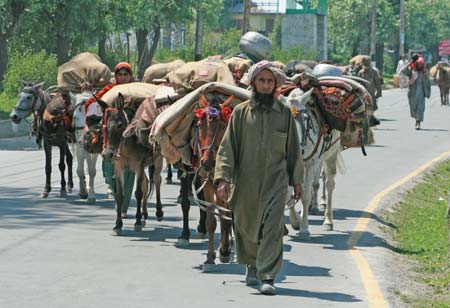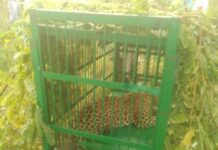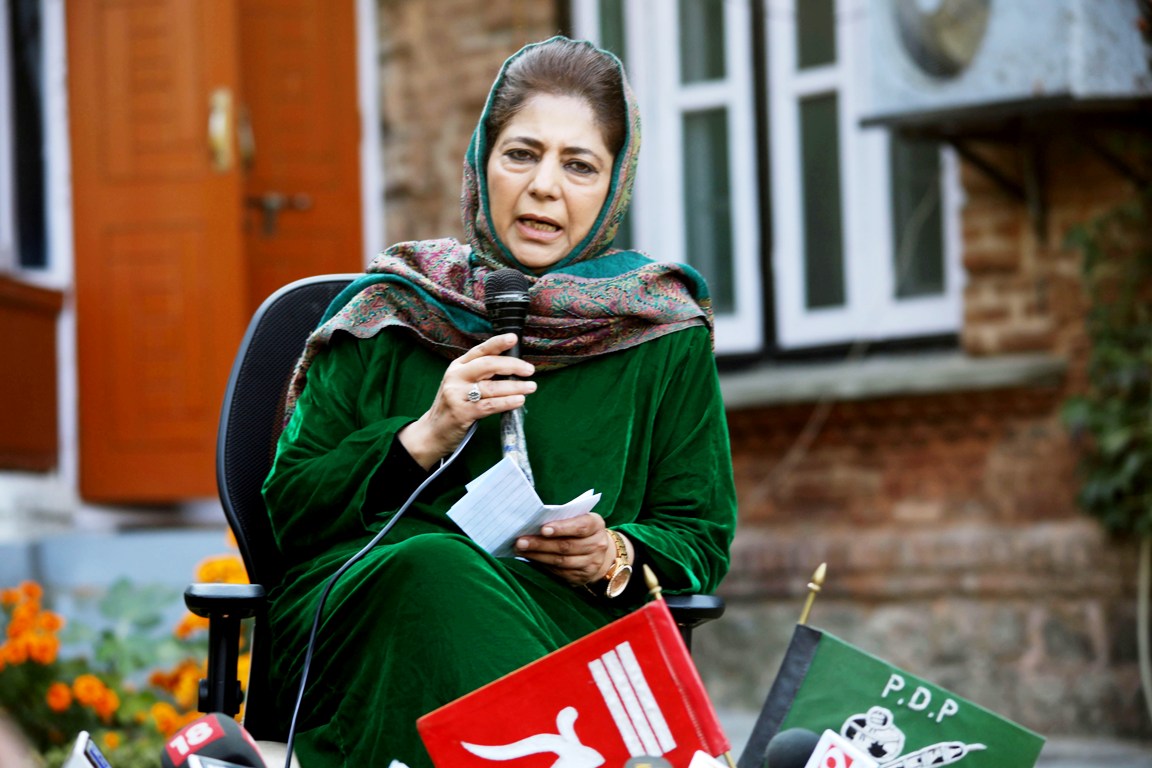 KL News Network
KL News Network
SRINAGAR
Facing extreme deficit of fodder for their animal, due to insufficiency of rainfall, the drought hit families of Gujjars living in hills of Jammu and Kashmir started shifting along with their cattle towards plains.
Tribal Research and Cultural Foundation organised a programme in this connection.
Dr Javaid Rahi, who heads the Foundation and also the Pahadi section of the J&K Cultural Academy said that state’s main animal raring community has been facing acute fodder shortage and water scarcity in many areas, due to deficiency of rain, during last few months. The water resources in hilly areas are drying down rapidly, he said. Now the nomads along with their animals are shifting to other areas .Revealing that some other states of India which are facing similar situations have supplied cattle feed and fodder at nominal cost extending to nomads and tribal, Rahi said same steps should be taken in J&K as well.
As per 18th livestock census 2007, J&K has 34.43 lakh cattle, mainly being looked after by Gujjars and Bakerwals – which includes 10.5 lakh buffaloes, 20.63 lakh goats, 36.85 lakh sheep, 1.05 lakh horses. Feeding this huge number of animals in this situation is a big challenge.
Bakerwals and Gujjars who takes their herds grazing in meadows from Kargil to Tous Maidan normally descend to plains late October. They remain stationary for winter months and return to the peaks early spring.















